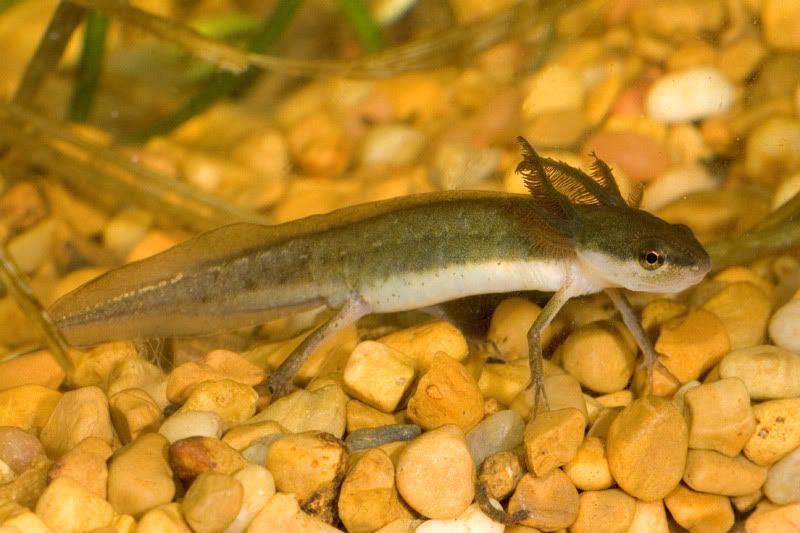P
pierson
Guest
Hey guys. Just joined the site but have been lurking for a couple years. Here's some shots I thought a few of you might enjoy. I also posted this in the Newt Forum but thought it also pertained to this discussion board.
Striped Newts have gotten pretty rare due to habitat destruction and drought and have largely disappeared from most of their historical ponds in the northern and western parts of their range. Fortunately, they seem to be doing quite well in a few spots in central Florida. I have caught these on several occasions over the past several years but haven't photographed them until recently.
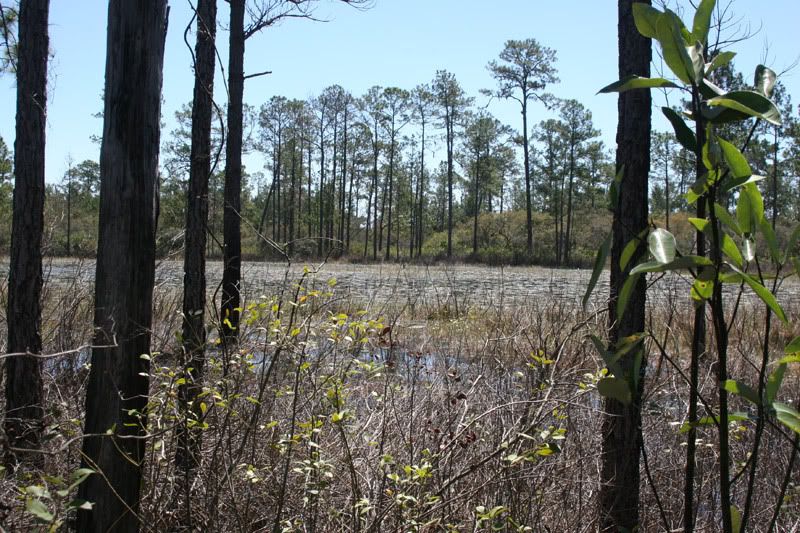
A breeding pond in upland sandhill habitat.
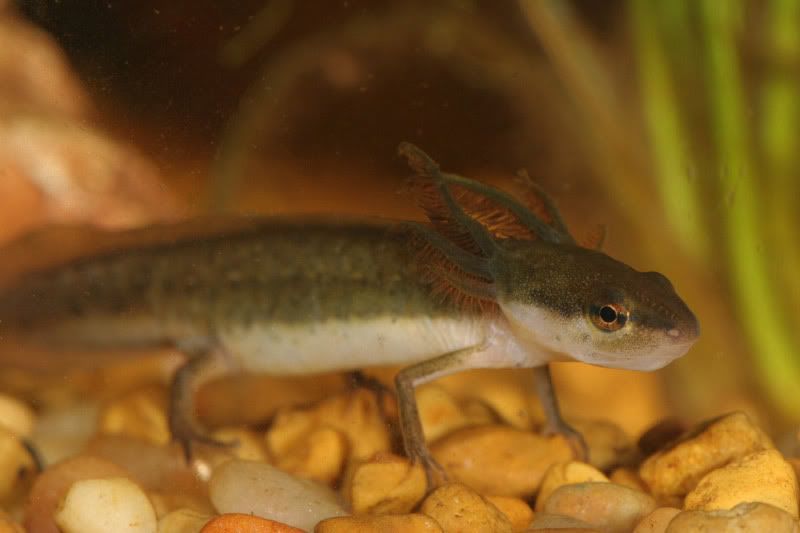
I believe these to be neotenic adults. I've never been able to locate a terrestrial adult in the wild.
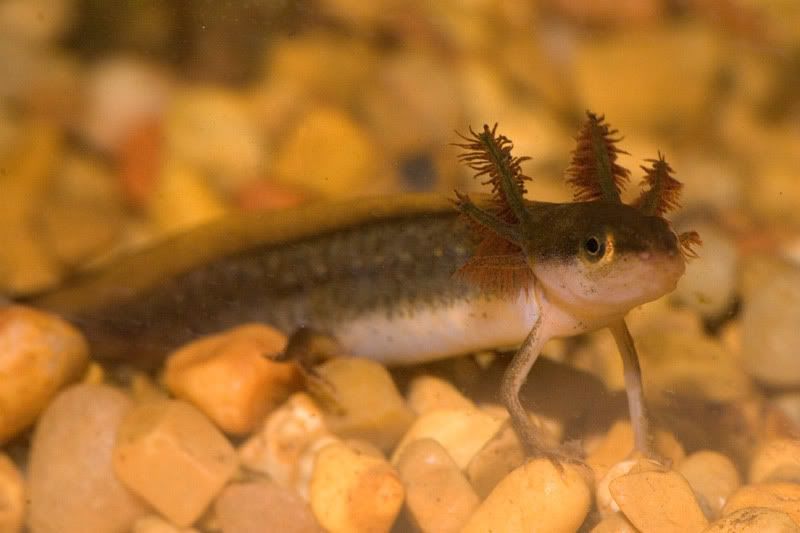
I held on to a handful to see if I could get them to metamorphose in captivity.
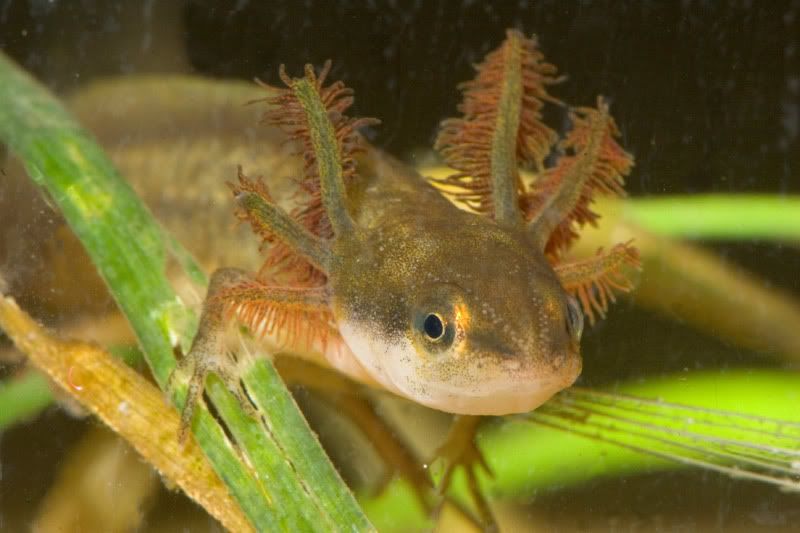
Fortunately, the several I have in my care have begun to absorb their gills and develop the vestiges of their adult striping.
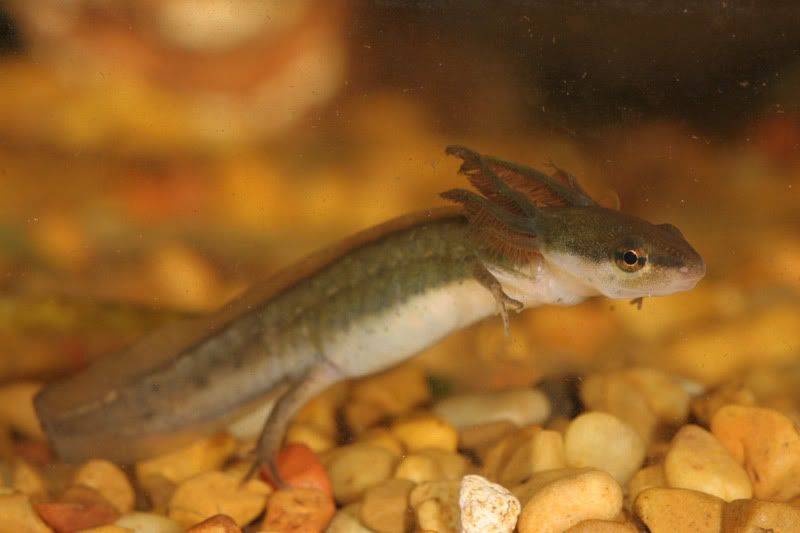
They're doing well in a basic newt setup but are a bit skittish compared to the viridescens I've kept.
I'll post more photos once they complete their metamorphosis. Awesome forum guys!
Striped Newts have gotten pretty rare due to habitat destruction and drought and have largely disappeared from most of their historical ponds in the northern and western parts of their range. Fortunately, they seem to be doing quite well in a few spots in central Florida. I have caught these on several occasions over the past several years but haven't photographed them until recently.

A breeding pond in upland sandhill habitat.

I believe these to be neotenic adults. I've never been able to locate a terrestrial adult in the wild.

I held on to a handful to see if I could get them to metamorphose in captivity.

Fortunately, the several I have in my care have begun to absorb their gills and develop the vestiges of their adult striping.

They're doing well in a basic newt setup but are a bit skittish compared to the viridescens I've kept.
I'll post more photos once they complete their metamorphosis. Awesome forum guys!

